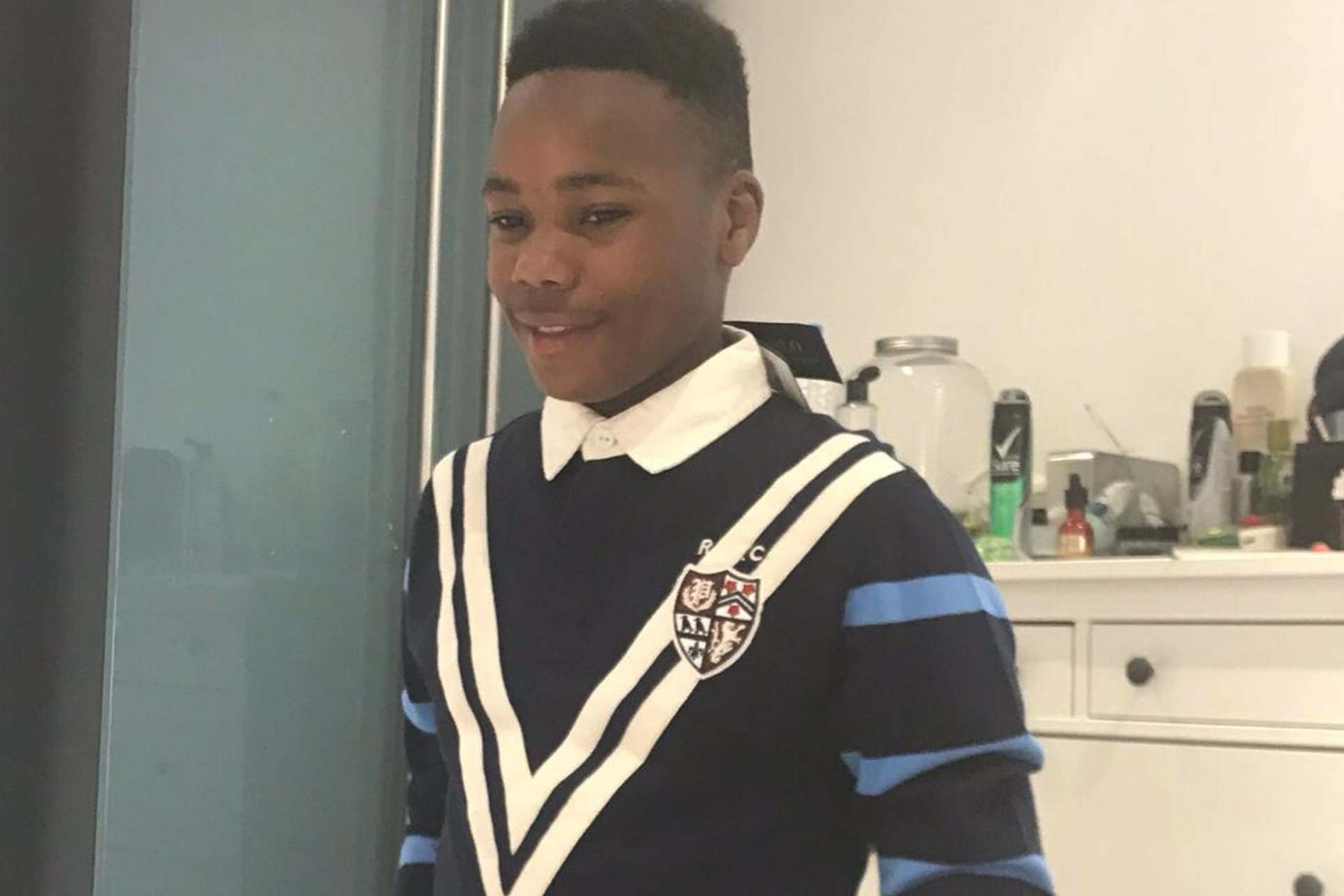Identifying county lines victims is one thing – but without proper support it counts for nothing
Agencies must work together to protect victims if we’re to truly tackle the issue, says May Bulman


Jaden Moodie, 14, bled to death after being targeted by rival drug dealers, making him the youngest person to die in London gang violence last year. His teenage killer Ayoub Majdouline had been identified as a victim of modern slavery by the Home Office in 2018, amid concerns of exploitation by older youths. This didn’t stop him going on to murder someone in cold blood a year later.
The importance of identifying children who are being exploited by criminal gangs featured heavily in a report on county lines activity published yesterday by the police inspectorate. The watchdog said forces were getting better at recognising when young people were vulnerable, but that there was still far more to be done to ensure the response was joined up and coordinated. This focus on “identifying vulnerability” was a core topic of the report.
Rightly so. Police working on county lines cases should always be looking for signs of exploitation among those involved, particularly when government figures show an ongoing rise in such cases – with a 95 per cent annual increase recorded during one three-month period last year.
But when, during a press briefing for the report, I asked the senior officers presenting it what happens to those youngsters once they are identified by police as potential victims of exploitation, they seemed lost for words. There appeared to be no clear strategy on how to remove children from county lines activity and keep them out of the hands of their exploiters.
Of course, the safeguarding of county lines victims is not only the responsibility of the police; local authorities play a major role in providing support under the Home Office’s framework for identifying modern slavery victims, known as the National Referral Mechanism (NRM). But you would hope there would at least be a clear process for police to follow to keep them from harm.
Sadly, as in the case of Jaden, the consequences can be devastating. How can we truly tackle the county lines issue if the agencies involved aren’t working together to protect victims?
Join our commenting forum
Join thought-provoking conversations, follow other Independent readers and see their replies
Comments